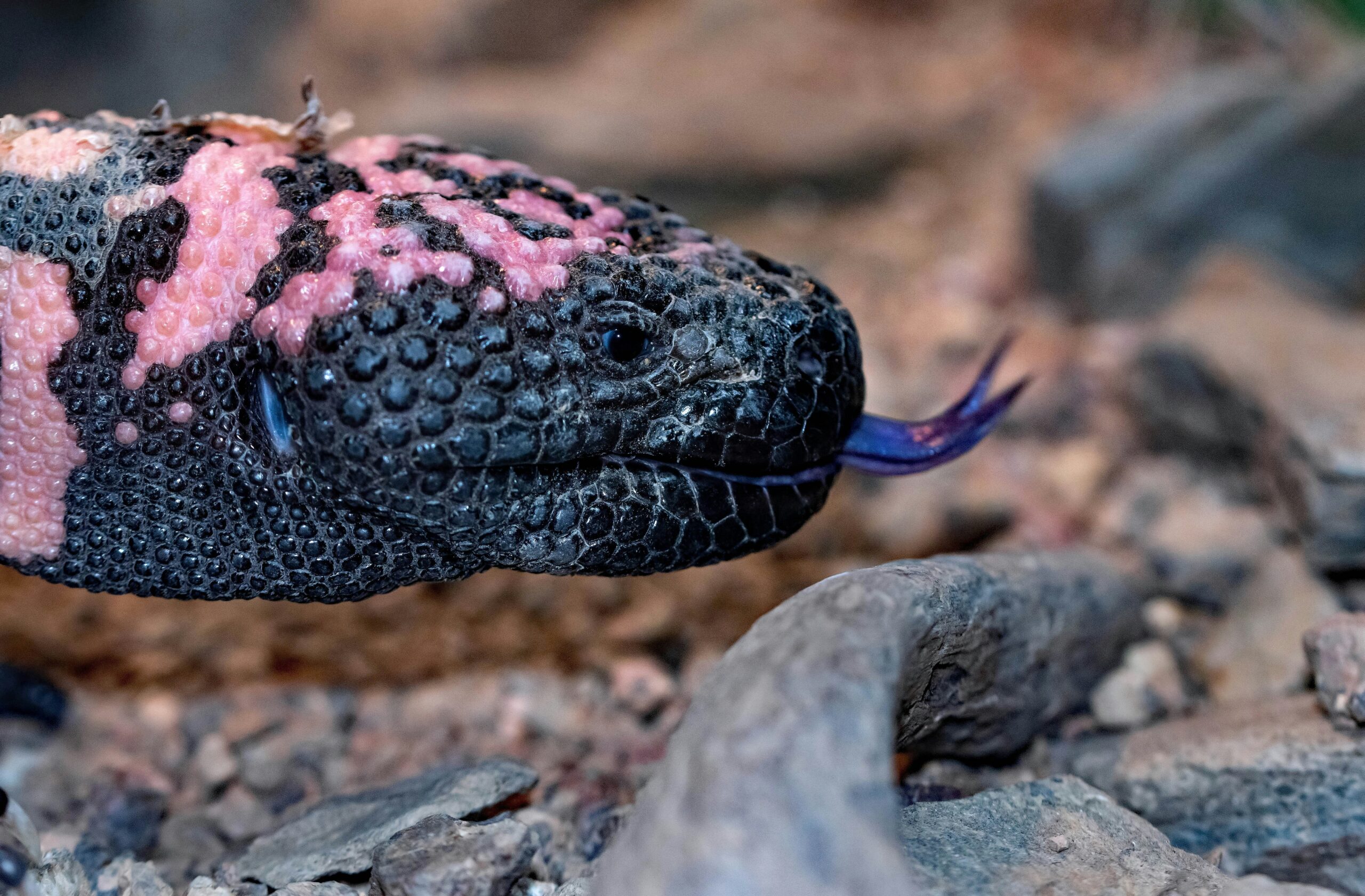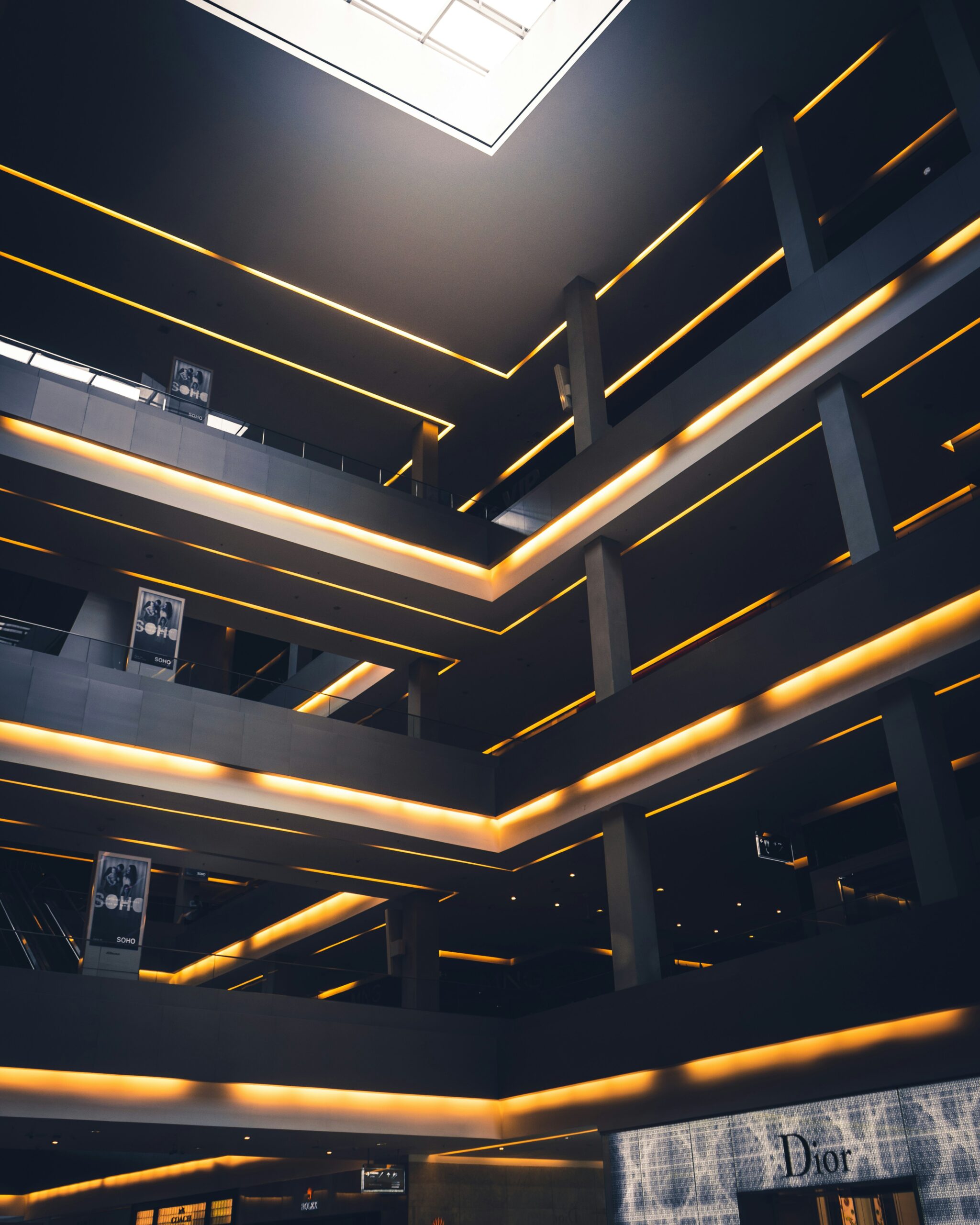Causes of Blue Tongue in Humans

Blue tongue is a condition that is commonly associated with animals, particularly livestock such as sheep and cattle. However, there have been cases where humans have reported experiencing blue tongue symptoms. While rare, these occurrences warrant investigation to understand the causes and potential risks involved. In this article, we will explore the possible causes of blue tongue in humans and the importance of further investigations.Blue tongue in humans is characterized by a bluish discoloration of the tongue, similar to what is observed in animals. It is essential to note that blue tongue in humans is not a separate condition but rather a symptom of an underlying health issue. Several potential causes have been identified through medical research and case studies.1. Medications and Chemical Exposure:
Certain medications and chemical substances have been linked to blue tongue in humans. For example, silver nitrate, which is used in medical procedures, can cause a condition called argyria, resulting in a bluish-gray discoloration of the skin and mucous membranes, including the tongue. Other medications, such as certain antimalarial drugs, have also been associated with blue tongue as a rare side effect.2. Circulatory Disorders:
Blue tongue can be a symptom of circulatory disorders in humans. Conditions that affect blood flow, such as Raynaud’s disease or peripheral artery disease, can lead to reduced oxygen supply to the tongue, resulting in a bluish coloration. These circulatory disorders can cause constriction of blood vessels, leading to inadequate blood flow to the tongue.3. Cyanosis:
Cyanosis is a medical condition characterized by a bluish discoloration of the skin and mucous membranes. It occurs when there is a lack of oxygen in the blood or when the blood does not circulate properly. Cyanosis can affect the tongue, resulting in a blue appearance. Underlying respiratory or cardiovascular problems, such as chronic obstructive pulmonary disease (COPD) or congenital heart defects, may contribute to cyanosis and blue tongue in humans.4. Cold Exposure:
Exposure to extreme cold temperatures can cause blue tongue in humans. When the body is exposed to cold conditions, blood vessels constrict to conserve heat, reducing blood flow to certain areas, including the tongue. This reduced blood flow can lead to a bluish discoloration. It is important to protect oneself from extreme cold and dress appropriately to prevent such occurrences.5. Other Possible Causes:
In rare cases, blue tongue in humans may be associated with other conditions or factors. These include certain genetic disorders, such as methemoglobinemia or Wilson’s disease, which can affect the body’s ability to transport oxygen effectively. Additionally, severe dehydration or certain infections may contribute to blue tongue symptoms.Given the relatively rare occurrence of blue tongue in humans, further investigations are necessary to fully understand the causes and potential risks involved. Medical professionals should be consulted to evaluate individual cases and determine appropriate diagnostic tests and treatment options.In conclusion, while blue tongue is primarily associated with animals, cases of blue tongue in humans have been reported. Various factors, including medication side effects, circulatory disorders, cyanosis, cold exposure, and other underlying health conditions, may contribute to the development of blue tongue in humans. Further research and investigations are needed to provide a comprehensive understanding of this phenomenon and to ensure proper diagnosis and treatment for affected individuals.اخبار النادي الأهلي المصري اضغط هنامعلومات طبية و دليل الأدوية اضغط هنااخبار المجتمع و معلومات طريفة اضغط هناFLASH MEDICAL INFO PRESS HERE


